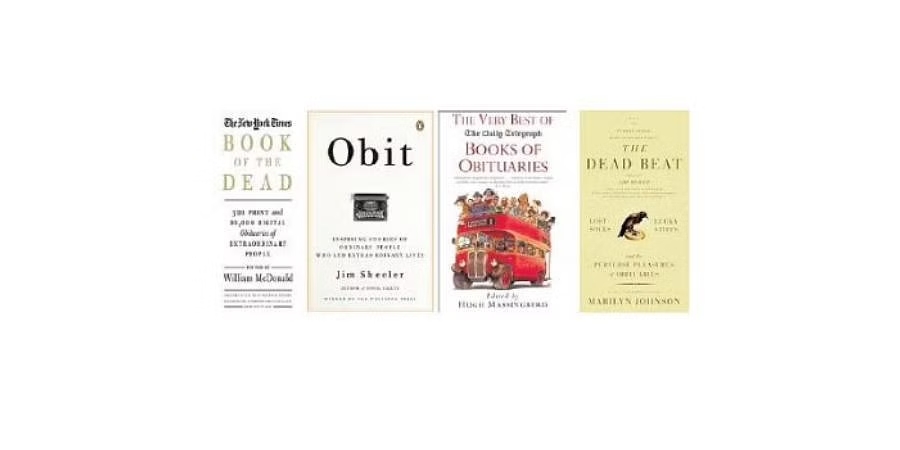The life contained in an obituary

The obituary page of The New York Times is a celebration of extraordinary lives. When I read that paper’s obit of 94-year-old Sidney Poitier (the first person of colour to win an Oscar in 1963 for “Lilies of the Field”) by William Grimes on January 8, 2022, it increased my interest in understanding how obituaries are written so quickly (since it has to appear immediately after the death of the subject). Most major newspapers write obits in advance, long before the famous person has died! But the obit is not about death at all. It is about life. It is one last chance to make the dead live again.
The obit captures the essence of a person’s entire life and makes revealing observations that the subject never gets to read! Writing an obit is an art form. The typical length is 600-800 words accompanied by at least one picture. One of the longest ones written in the New York Times was for Pope John Paul II; it went upto 13,870 words! Some obits are on the front page and the question of who is worthy of a page-one obit is often a matter of debate. If there is one book that is a must-read in this category it is Book of the Dead by William McDonald.
It captures the stories of the greatest men and women who ever lived, in the form of a collection of obituaries published by The New York Times. The paper’s obit section has some of the most inspiring, insightful, often funny, and elegantly written stories celebrating the lives of the men and women who have influenced our world.
William Mc- Donald, The Times’ obituary editor who was recently featured in the award-winning documentary Obit, selected 320 obits of the most important and influential people from the newspaper’s archives. In chapters like “Stage and Screen,” “Titans of Business,” “The Notorious,” “Scientists and Healers,” “Athletes,” and “American Leaders,” the entries include a range of newsmakers from the last century and a half, including Annie Oakley, Theodore Roosevelt, Joseph Stalin, Marilyn Monroe, Coco Chanel, Malcolm X, Jackie Robinson and Prince.
Also included is a webkey which allows instant access to an exclusive website featuring 10,000 selected obituaries that are easily searchable by name, theme, dates etc. Another widely read obit column is that of The Daily Telegraph.
It brought out five books of obituaries that have been both a critical and popular success. Well researched, each life story is told with intimate revelations and very often with great humour. The Very Best of The Daily Telegraph Books of Obituaries really lives up to its name.
Some of the obits are so captivating that if you didn’t know the dear departed before reading the Telegraph obit you would wish that he or she had been your life’s best buddy! Another charming and lyrical book is about the people who write obituaries: The Dead Beat by Marilyn Johnson.
This book answers the question: What makes the obituary page so compelling? Jim Sheeler’s Obit comprises obits of ordinary people. Most of the people eulogised in Obit are unknown, but they will remind you of the variety of humans on earth and the absolute certainty that no matter how powerful a personality, eventually the body goes, and what remains stays not only in people’s hearts but in their stories. If you manage to appear in a New York Times or a Telegraph obituary column, it meant that your life had been noted and you could really rest in peace!

